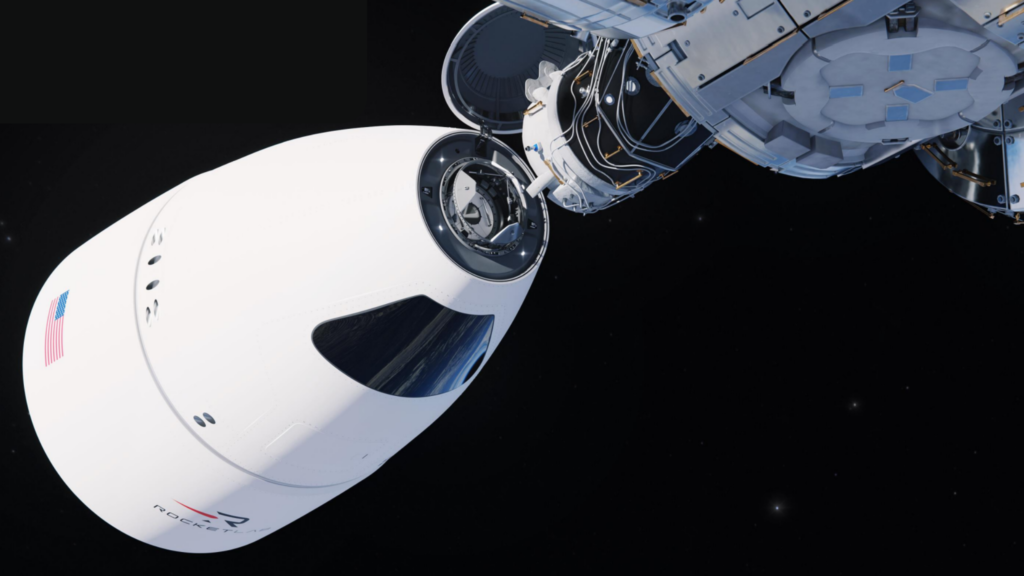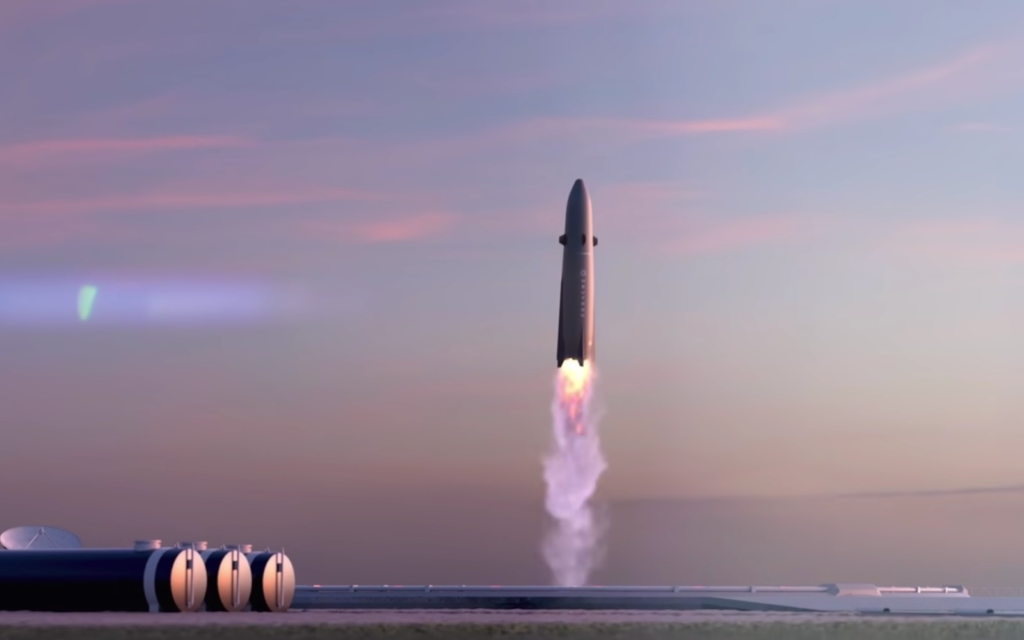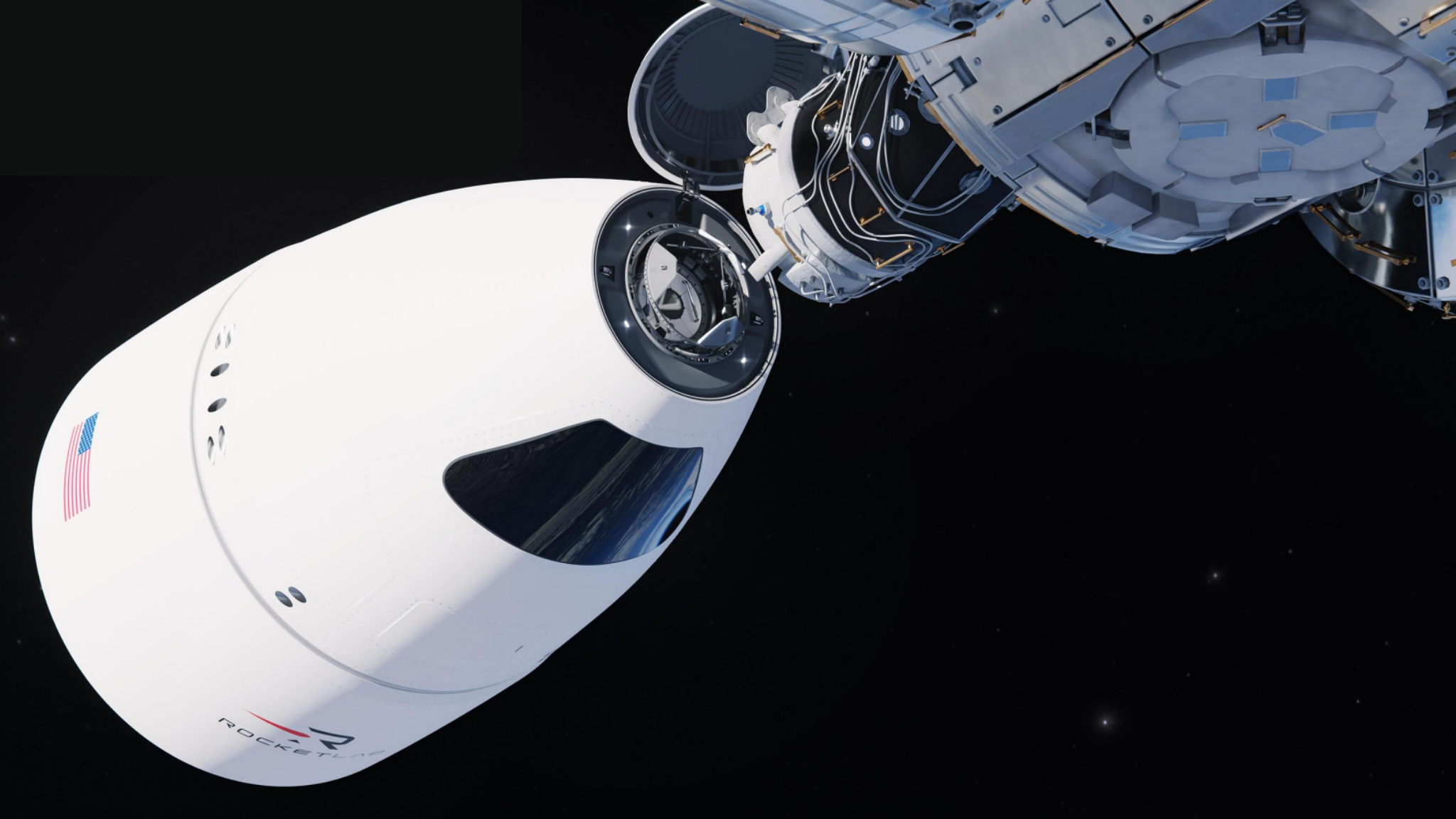
Rocket Lab Continues To Make Progress On Neutron
Just over a month ago Rocket Lab revealed a host of new information on Neutron and its future. During the company’s investor day presentation, we learned about the next generation launch vehicle’s current progress, facilities, and much more. Thankfully, just a few days ago Rocket Lab gave another update on the rocket’s progress.
Specifically, two days ago on the 9th, Rocket Lab and NASA officially cut the ribbon regarding the agreement at Stennis Space Center. With the new agreement, the A-3 Test Stand and about 24 surrounding acres at Stennis will be incorporated into the Archimedes Test Complex. This comes in addition to more details regarding the engine itself and how it will support Neutron’s future.
One of the most important yet complex pieces of a launch vehicle is the engine. Rocket Lab knows this and is putting an immense amount of effort into the development and manufacturing process of Archimedes. While the company has had a lot of success with Electron’s Rutherford engine, there is a big difference with Neutron. Here I will go more in-depth into the recent milestone at Stennis, Rocket Lab’s progress on Neutron’s engine, what to expect in the future, and more.
Engine Test Facility Progress

Not long ago Rocket Lab announced new details about Neutron’s Archimedes engine and how the company planned to manufacture and test it. Just two days ago on the 9th the Stennis Space Center tweeted saying, “Stennis Space Center and @RocketLab cut the ribbon Nov. 4 on a new agreement for the aerospace company to locate its engine test complex at the rocket propulsion site.” Specifically, this marked the agreement for the aerospace company to locate its engine test complex at the rocket propulsion site near Bay St. Louis, Mississippi.
NASA, Rocket Lab, and key elected officials gathered in the Stennis Test Complex for an official ribbon-cutting ceremony to mark the launch of the new 10-year agreement. Rocket Lab expects to make a substantial capital investment in the project in upcoming years and also create dozens of jobs for the surrounding area. “We are pleased that Rocket Lab selected Stennis Space Center for development of its new test complex,” the Stennis Space Center Director said. “With finalization of this agreement, we look forward to working with Rocket Lab as it develops and moves forward in achieving its space goals. This represents an exciting opportunity not only for Stennis but also for the Gulf Coast region and the entire state of Mississippi.”
With the new agreement, the A-3 Test Stand and about 24 surrounding acres at Stennis will be incorporated into the Archimedes Test Complex. Archimedes is Rocket Lab’s new liquid oxygen and liquid methane rocket engine that will power its large, reusable Neutron rocket. Rocket Lab will have exclusive access to use and develop the A-3 Test Stand area, including associated propellant barge docks and buildings. The initial 10-year agreement includes an option to extend an additional 10 years. The Mississippi Development Authority is providing assistance for Rocket Lab to develop the new site and to relocate and install needed equipment.
“It was only a few weeks ago when we announced Stennis as the location of our Archimedes Test Complex and we’re already fast at work to get the site up and running to deliver Neutron,” said Peter Beck, founder and CEO of Rocket Lab. “Thanks to our partnership with NASA and the state of Mississippi, we can begin to develop the existing infrastructure and test stand at Stennis to fast-track Neutron’s first launch. We look forward to breathing fire in the great state of Mississippi.” Rocket Lab expects to begin construction in the Archimedes Test Complex at Stennis to build two newly built horizontal engine test cells for single engine testing. As testing of the Archimedes engine gets underway, Rocket Lab also envisions building an additional test cell with the ability to test individual engine components.
“This agreement with Rocket Lab is part of an ongoing process to attract space companies to Stennis and create economic opportunities for the region, said Duane Armstrong, manager of the Stennis Strategic Business Development Office. “The partnership and the infrastructure already in place at Stennis will dramatically reduce the time it takes Rocket Lab to develop their new engines and create this new launch vehicle, which will provide services to NASA, other parts of the federal government, and industry.”
Archimedes & Neutron

Now that we know more about the recent progress at this test facility, we can take a closer look at the Archimedes engine and how both it and Neutron are coming along. Just yesterday, Peter Beck tweeted mentioning, “They grow up so fast.” This included an image of a Rutherford engine next to Archimedes. The image helps put in perspective the significant size difference and expected power of the newer engine. Neutron will feature 9 of these engines expected to produce around 5,960 kN (1,300,000 lbf) of thrust at lift off.
Not long ago Rocket Lab revealed that they had changed Archimedes’s design from a gas generator cycle to an oxidizer rich closed cycle. This is intended to provide a higher specific impulse than a gas generator, open expander, or tap-off cycles, without the thrust limits or added complexity. Gas generator cycles are limited in capability and not suited to the deep throttling required for multiple re-lights in orbit, and for landing the first stage. ORSC engines operate at relatively low temperatures and pressures, eliminating the stress and thermal strain experienced by gas generator engines. This improves engine life and reusability, while leaving headroom to increase performance. Liquid Oxygen and Methane: Provides higher specific impulse than RP-1 kerosene for improved stage performance without the dramatic stage size increase required for low density liquid hydrogen.
Moving on to the Neutron rocket itself, while Rocket Lab hasn’t revealed any specific updates since the Investor day presentation, there are a few assumptions we can make. By now the Neutron factories where we saw initial concrete pads being poured have most defiantly made some progress, in addition to the rocket itself. Early this year Rocket Lab announced it had selected Wallops Island, Virginia, as the location for its first launch site and extensive manufacturing and operations facilities, for its 8-ton payload class reusable Neutron rocket.
The Neutron Production Complex and launch pad for its Neutron rocket will be located adjacent to and within the NASA Wallops Flight Facility and Mid-Atlantic Regional Spaceport on Virginia’s Eastern Shore. The complex will be home to a rocket production, assembly, and integration facility, as well as a dedicated launch pad for the Neutron rocket located on the southern end of Wallops Island. The estimated 250,000 square foot state-of-the-art complex will be constructed on a 28-acre site adjacent to the Wallops Island Flight Facility and will include a Launch Control Center, Rocket Lab’s fifth global operations center for launch activities and on-orbit operations. To support rapid production of the Neutron rocket, current plans for the complex include automated fiber placement robotic production systems capable of laying up meters of Neutron’s new, specially formulated carbon composite structures in minutes. As a reusable rocket, Neutron is designed to land back on the launch pad after a mission and from there it would be returned to the production complex for refurbishment and re-flight.
At the time, Peter Beck commented, “Neutron is a new generation of rocket that will advance the way space is accessed, and Virginia makes perfect sense as a significant site for Neutron’s early development. Its position on the eastern seaboard is the ideal location to support both Neutron’s expected frequent launch cadence and the rocket’s return-to-Earth capability of landing back at its launch site after lift-off; and as one of only four states in the United States with an FAA spaceport license for missions to Earth orbit or on interplanetary trajectories, Virginia is home to an active and experienced aerospace workforce we can pull from to support Neutron’s development and launch. I’m thankful for the Commonwealth’s enthusiasm and backing of Neutron which, combined with the state’s rich heritage as an aerospace state, made it difficult to see anywhere else but Virginia to begin Neutron’s journey.”
Rocket Lab selected Virginia as the location of its Neutron expansion on the strength of the extensive support from the Commonwealth of Virginia, in particular, the Virginia Economic Development Partnership working alongside Accomack County, the Virginia Commercial Space Flight Authority (Virginia Space), and the General Assembly’s Major Employment and Investment (MEI) Project Approval Commission. As part of the Commonwealth’s proposal, $30 million has been set aside for infrastructure and operational systems improvements to the Mid-Atlantic Regional Spaceport where the Neutron launch site will be located, along with $15 million from the MEI Project Approval Commission in site improvements and building construction in support of Neutron. All of which we should expect to see more of in the coming months.
Conclusion
Rocket Lab has been continuing to make significant progress on a host of different projects. In the last couple of days, the company announced more details regarding the agreement with NASA at the Stennis Space Center and future Archimedes testing location. We will have to wait and see how it progresses and the impact it has on the space industry.
